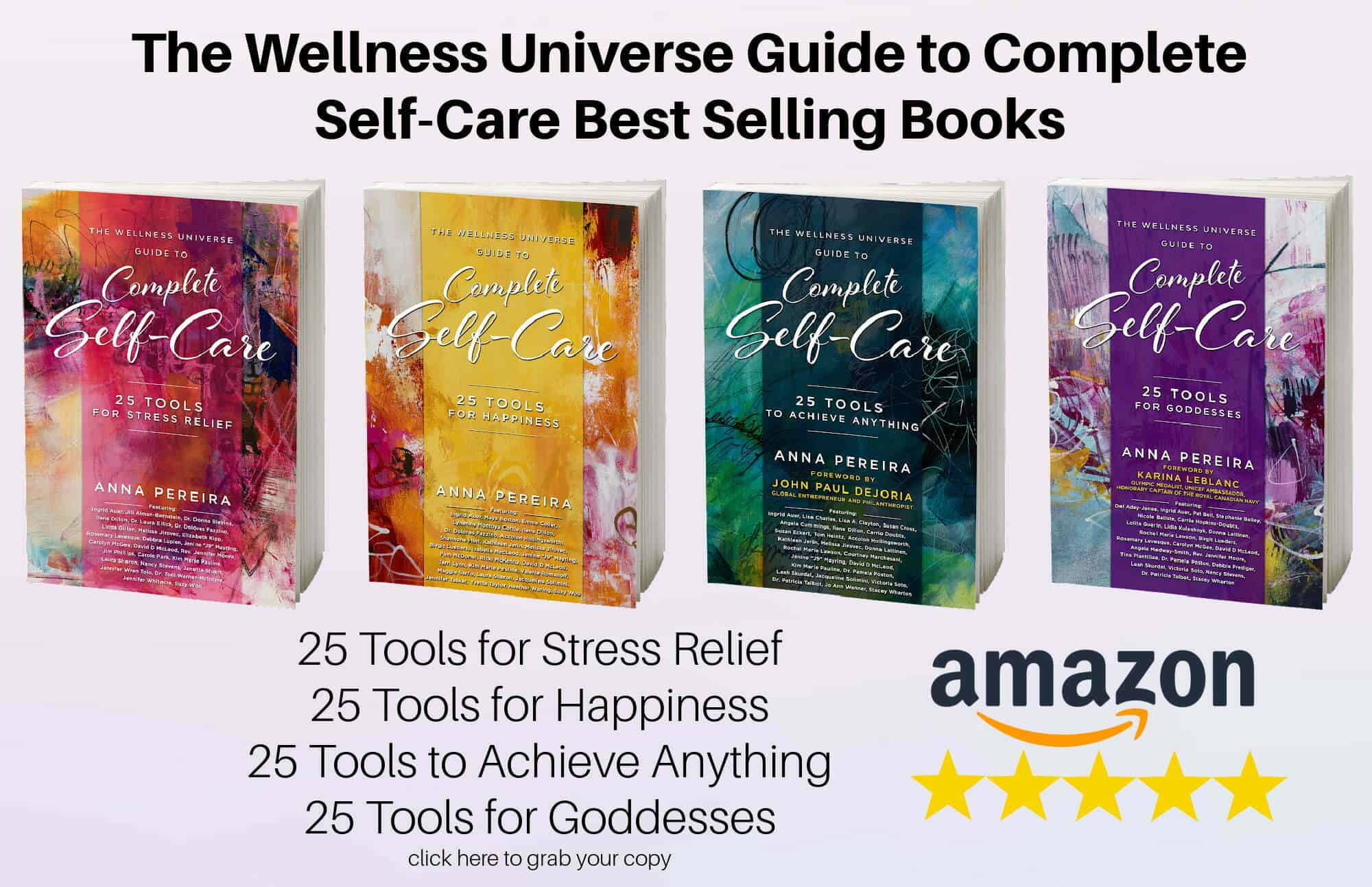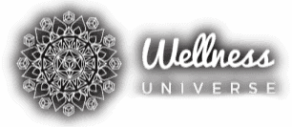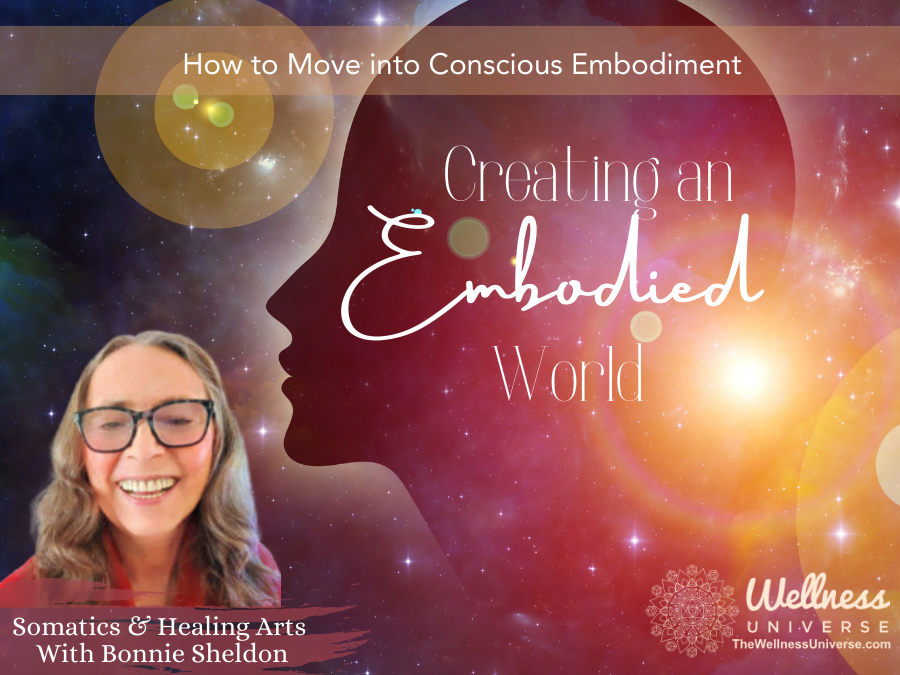Greetings and welcome back to “Creating an Embodied World.” In our first two episodes, we delved into the essence of “Embodiment” and “Somatics,” highlighting the transformative power of conscious embodiment practices for the harmony of our bodies and minds.
We reflected on modern life’s stressors and their impact on our health, emphasizing the need for cultivated resilience. We learned that through somatic and embodiment practices we can foster resilience that manifests as mental clarity and fluid movement amidst the relentless sensory overload of our times.
Now, in Episode 3, we unravel the underpinnings of somatic and embodiment disciplines so that we can equip you with the tools and insights to embark on your journey toward fullest embodiment.
Practices for Embracing Your Body’s Wisdom
Is There A Difference Between the Practices?
Somatic Practices are a form of therapeutic or healing techniques that focus on the body’s internal experience. Somatics involves awareness of the body’s sensations, movements, and inherent wisdom. The term “somatic” comes from the Greek word “soma,” meaning the living body.
Somatic practices often include exercises that promote mindfulness, physical alignment, and movement that can release tension and stress.
Embodiment Practices, on the other hand, are about fully inhabiting the body and being present with its experiences.
While somatic practices can be a part of embodiment, embodiment practices go further to integrate the body’s experiences with emotions, thoughts, and actions.
It’s about living in a place where the mind-body connection is fully realized and expressed in daily life.
The differences are subtle and nuanced and make little difference to the work you do for your embodiment. In essence, while somatic practices might be used to address specific physical or emotional issues through body awareness and movement, embodiment practices are about a broader lifestyle or philosophical approach that embraces the unity of body and mind in all aspects of life. Your choice of approach will depend on your goals.
Both practices do share the common goal of fostering a deeper connection with oneself, but they differ in scope and application. Somatic practices are more about techniques and exercises, while embodiment practices are about an overall way of being. However, some somatic practitioners would argue that their movement-oriented approaches lead to much the same result.
These practices invite you to forge a deeper bond with your inner self, your physical being, and the immediacy of the now. Integrating these practices into your routine opens doors to many new possibilities and life experiences.
The Rise of the Embodiment Movement and Its Significance for Your Journey
The Embodiment Conference with Mark Walsh
Mark Walsh was already a highly respected Embodiment teacher coming from a background in martial arts when he burst onto the scene with his Embodiment Conference in 2020. For ten days, over 1000 teachers gave classes around the clock, from an amazing number of fields, all inter-connecting for the first time. Walsh invited teachers from 10 areas of work, including coaching and therapy, dance and creativity, meditation and breathwork, martial arts, bodywork (e.g. Rolfing and massage), Embodied Anatomy, and yoga.
Post-Embodiment Conference Networking and Thought
I was personally thrilled when I encountered the Embodiment Conference, as were many other professionals, and people who were drawn to the Conference experienced life-changing understandings. Intense networking began, and professional practices were modified and expanded with new knowledge.
Mark Walsh also introduced his thoughts about what constitutes a sound “Embodiment Practice,” some of which include somatic work. In his view, when choosing a good Embodiment Practice, choose it and PRACTICE. When mastered, go on to another, as we all learn in different ways, and working with different methodologies expands our growth.
Practices should include the following:
- Awareness / Intention
- Relaxation
- Movement
- Posture
- Breathwork
- Visualization (this works for some people)
- Sounding (the making of sounds with your voice – ahh, oooo, eee)
- Relational Work (Embodiment as we interact with others)
Self-Calming Your Body
The essence of these practices is self-regulation—monitoring stress and employing techniques to reduce our biological response. This is often linked to Polyvagal theory, which involves calming the body’s nervous system.
Neuroregulation & Polyvagal Theory
Our body naturally adjusts its nervous system to the environment, a vital skill for stress management and balance. Polyvagal theory, by Stephen Porges, deepens our understanding of this, aiding somatic practices.
Applying Polyvagal Principles
High Vagal Tone acts as a peacekeeper, helping the body recover from stress. Practices to improve vagal tone include deep breathing, mindful movement, and grounding techniques.
Benefits of High Vagal Tone
Emotional Regulation: Better emotional control.
Social Connection: Easier to form and maintain relationships.
Physical Health: Enhanced stress recovery.
Incorporating polyvagal principles into daily life fosters calmness and connection, leading to a more harmonious mind-body relationship and a vibrant, authentic existence. Embracing neuroregulation and polyvagal theory allows for a life lived in full awareness and harmony with one’s body signals.
Practical Exercises for Everyday Life
Embarking on the path of embodiment is about tuning into your senses and the world around you. Here’s how you can begin:
The “5-4-3-2-1 Technique”
5: Notice five different things you can see. Maybe it’s the color of the sky or the pattern on a rug.
4: Feel four objects within reach. Think about their texture—is one rough, another smooth?
3: Identify three sounds. Is that the hum of traffic, or the chirp of a bird?
2: Detect two scents. If nothing’s in the air, recall two smells you love.
1: Savor a taste. It could be just a sip of water. What does it remind you of?
Deep Breathing
Breathe in slowly through your nose, feeling your lungs expand. Hold that breath for a moment, then let it out through your mouth. As you do this, pay attention to the natural movement of your chest. Repeat and let each breath ground you more deeply in the present.
Grounding Object
Carry a small, personal item with you—a pebble, a coin, or a piece of cloth. When you start to feel overwhelmed, hold this object in your hand. Its solid presence can help bring you back to the present moment.
Visualization
Find a quiet moment, close your eyes, and picture a place where you feel completely at ease. It could be a sunny beach or a cozy room. Imagine the sights, sounds, and smells; let this place envelop you in peace.
Body Awareness
Take a moment to focus on your body. Start at your toes and slowly move your attention up to the crown of your head. Notice any sensations, tension, or comfort in each part of your body.
Mindful Observation
Select an item in your vicinity and study it intently for a minute or two. Observe its color, shape, and the way it interacts with its surroundings. This could be the gentle dance of leaves on a tree or the stillness of a chair.
Progressive Muscle Relaxation
Work through your body in sections, tensing each muscle group for a few seconds, then releasing the tension. Begin with your feet and gradually move up to your facial muscles, releasing stress along the way
Mindful Movement
This involves slow, deliberate movements with a focus on internal sensations rather than external appearance.
Nature Engagement
When you have the chance, connect with nature. Walk barefoot on the earth, feeling the grass or sand under your feet, or simply sit and watch the natural world go by. Let the environment ground you in the here and now.
These exercises are steppingstones to a more grounded and present state of being, guiding you gently towards a life lived with intention and sensory awareness. They’re simple yet powerful tools to help you center yourself amid life’s constant motion.
How These Techniques Can Truly Benefit You
Vanessa Schulz, Embodiment Coach, interviewed for this blog, says:
It’s so empowering not to fall into that autopilot mode, to know that I have a choice in how I want to live, in how I want to show up in the world. I love now knowing I have a choice, although it has taken a lot of awareness work, and I don’t want that to ever end. I plan to be a life-long learner, ever more in my body, and ever more relational to the people around me. Do I choose to close my eyes to a mess, or do I choose to take out the garbage?
She finds the Model of Embodied Intelligence, developed by Mark Walsh, to be a central starting point for her work.
Mark Walsh’s Model for Embodied Intelligence

Mark Walsh’s Model is a conceptual tool designed to foster greater self-awareness and interpersonal effectiveness. It’s structured as a cube with four quadrants, each representing a different aspect of our experience and interaction with the world.
Upper Left Quadrant – Self-awareness (“How am I?”)
This quadrant invites you to reflect on your current state. It’s about checking in with yourself and acknowledging your feelings, thoughts, and physical sensations.
Upper Right Quadrant – Social-awareness (“How are they?”)
Here, the focus shifts to others. It’s about tuning into the emotional and mental states of the people around you and understanding their experiences and perspectives.
Lower Left Quadrant – Self-regulation (“Managing myself”)
Based on your self-awareness, this quadrant is about deciding how you want to respond or change your current state. It involves strategies to manage your emotions and behaviors effectively.
Lower Right Quadrant – Social-regulation (“Influencing others”)
This quadrant is about how you can positively affect others. It considers the ways you can impact the emotional and mental states of those around you through your actions and presence.
The cube also incorporates an additional layer of ‘state management’ and ‘pattern management’, which are now termed ‘self-leadership’ and ‘social-leadership’. This layer encourages you to consider how you want to be (e.g., more relaxed instead of aggressive) and how you can consistently apply these insights to cultivate desired patterns of behavior.
By working through each quadrant, you can develop a more nuanced understanding of yourself and your interactions with others, leading to a more embodied and intentional way of living.
In many cases, working alone can prove to be difficult, at least initially. At that point, it’s always wise to work with a competent Practitioner.
Key Considerations on Selecting a Somatics/Embodiment Practitioner
When seeking a somatic or embodiment practitioner, it’s important to evaluate their qualifications and approach to ensure they align with your needs.
I have had the good fortune to study in past years with Somatic Specialist Irene Lyons, and when I asked her “how to pick a Somatics Practitioner,” she referred me to this information.
Here are some refined questions to guide your selection process.
Credentials
Does the practitioner have verifiable qualifications and ongoing engagement in their field? Ensure they’ve completed their training and are in good standing with a reputable credentialing organization. Many people start programs, go through the workshops, and never finish requirements like Case Studies and Exams to demonstrate competency in their area.
It’s essential to work with someone who not only has the initial qualifications but also dedicates themselves to continuous learning and improvement.
Training
Does their methodology resonate with your personal goals? Assess whether the practitioner’s approach aligns with your needs and goals. Are you seeking deep, transformative work or a more general introduction to embodiment practices?
Understanding the nuances of their techniques, such as the focus on posture in the Alexander Technique or the use of space in Laban/Bartenieff Movement Analysis, can guide you to the right fit for your personal development path. Whether you’re drawn to deep, trauma-informed practices or more general embodiment techniques, choose a practitioner whose expertise matches your objectives.
If you’re unsure of your direction, in some cases a Practice like Qigong will bring you into your body, and you can move on to other efforts as you gain awareness and initial fluidity.
Personality Fit
Engage in an open dialogue about your history and needs. The practitioner must be equipped to support your journey, especially if you’re dealing with trauma.
Consider the practitioner’s level of experience and areas of specialization. If you have specific challenges, such as trauma, ensure that they are well-versed and trained in handling such issues.
Consider the response to your questions, ask questions of your own, and follow your heart.
Treatment Plan
Inquire about the practitioner’s strategy for your sessions. A good practitioner will offer a flexible plan that honors your unique process and adapts as you evolve. The plan must be client-led, allowing you to progress at your own pace and according to your comfort level. If there is a defined protocol, only one way ahead, then it’s time to look for someone else.
Rapport
The relationship with your practitioner is foundational. Do you feel a sense of trust and safety with them? Your intuition can be a powerful guide in determining whether a practitioner is the right match for you. Trust and compatibility are paramount. Listen to your intuition about the practitioner’s demeanor and ensure you feel supported and safe in their care. Trust your feelings and remember that it’s okay to seek a different practitioner if you don’t feel a connection.
By delving into these questions, you can better ensure that the practitioner you choose will be a supportive and effective partner in your somatic or embodiment practice.
You want and need a maximum level of support. At the end of the day, if things aren’t working out for you, it’s fine to move on. This doesn’t mean that you feel “uncomfortable,” because coming out of your “comfort zone” is often a necessary first step. But if you feel the Sessions are moving too fast, or causing you physical pain, if you feel you’ve reached a ‘wall of NO,’ you are ready to establish your boundaries and find a new Practitioner.
Finding Your Embodiment Path
As we close this three-part Series to begin our ongoing blog, “Creating an Embodied World,” you’re armed with these insights, both straightforward and intricate and you stand at the threshold of a profound journey. It’s a path of Conscious Embodiment and Connection with others that beckons you forward. As you embark or persist on this voyage, you’ll find yourself steering toward a life enriched with self-awareness and meaningful relationships. This is not just a passage to personal tranquility but a gateway to cultivating a presence that resonates and uplifts those around you. Embrace this adventure, for it promises to lead you to a place where balance, harmony, and heartfelt interactions become the cornerstones of your existence.
Connect with Bonnie to discuss the topics explored in this Series by joining her in a Wellness Universe that includes open conversation and a Q&A period on May 11th at:
Resources
- Mark Walsh: https://embodimentunlimited.com
- Irene Lyons: https://irenelyon.com/2019/11/14/how-to-find-a-good-practitioner/
All information, content, and material are for informational purposes only and are not intended to serve as a substitute for the consultation, diagnosis, and/or medical treatment of a qualified physician or healthcare provider. The information supplied through or on this page, or by any representative or agent of The Wellness Universe, is for informational purposes only and does not constitute medical, legal, or other professional advice. Health-related information provided through this website is not a substitute for medical advice and should not be used to diagnose or treat health problems or to prescribe any medical devices or other remedies. The Wellness Universe reserves the right to remove, edit, move, or close any content item for any reason, including, but not limited to, comments that are in violation of the laws and regulations formed pursuant to the Federal Food, Drug, and Cosmetic Act. None of the posts and articles on The Wellness Universe page may be reprinted without express written permission.
New Moon SisterCircles for Self-Care and Empowerment
Come together under the New Moon, as we celebrate our connection to the lunar cycles, to the earth, and to each other, through movement, song, personal sharing, and magical play.
Learn more here –

see how our self-care books are helping thousands of people around the world. Digital and paperback books are available now.
Connect to the people that help you live your best life: The Wellness Universe

Bonnie Sheldon, an EFT Master Trainer and Somatics expert and guides professionals in achieving stress relief and mindfulness through body-mind integration. Her programs promote self-care, ensuring workplace wellness and success without sacrificing personal well-being or relationships.





I really appreciate this post. I?¦ve been looking everywhere for this! Thank goodness I found it on Bing. You’ve made my day! Thanks again
About GlucoTrust. GlucoTrust is a natural supplement that promotes normal blood sugar levels.
This is the right blog for anyone who wants to find out about this topic. You realize so much its almost hard to argue with you (not that I actually would want…HaHa). You definitely put a new spin on a topic thats been written about for years. Great stuff, just great!
Great read! I like the practical tips for conscious embodiment. Feeling inspired to incorporate mindfulness into my daily life. Thank you for sharing!